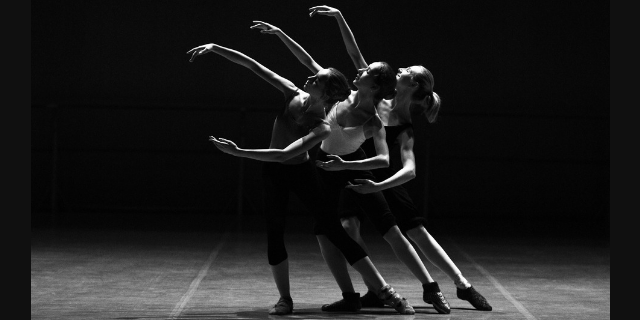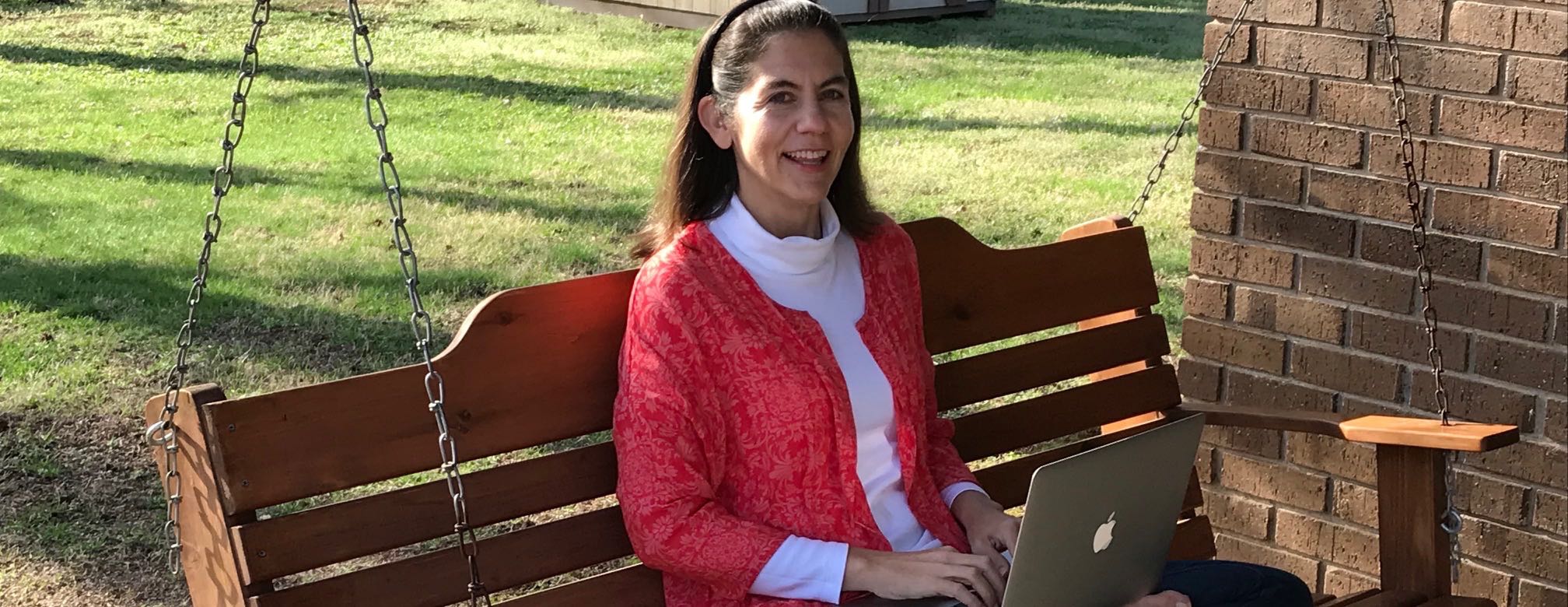
Credit: www.pixaby.com
The poem, I Sing the Body Electric, by Walt Whitman, has inspired various creative souls over the past 200 years. The poem is in the poetry collection, Leaves of Grass, published in 1855, and it has since offered inspiration to the author Ray Bradbury, musical acts such as Weather Report, Klaus Schulze and Lana Del Rey, as well as the movie/television show, Fame. Be it through song, dance, acting and verse, many have paid homage to this beautiful poem.
I Sing the Body Electric lauds the human form and its beauty inside and out. Whitman saw the body and soul intertwined as one, so to disrespect the body was to disrespect the soul. His poem reads as a catalog of physical body parts as well as a manifesto to celebrate the oneness of mind, body and soul. The nine-part poem was controversial in its time declaring the bodies of men and women equal, and that the blood running through our veins is the same regardless of race.
So why am I addressing one of the most famous poems ever written in a Yoga blog? Because I sing the body electric, that’s why! It had been years, possibly decades since I’d had a good read of this poem and it popped into my head the other day when I was thinking about my shoulder injury. The injury is on the mend, and each day there’s more mobility and strength; but that doesn’t mean it’s not on my mind a lot, probably too much. Having an injury has taught me how to appreciate the body and what it does for me. I sing the body electric…..I revel in motion!
Whitman distinctly defines both the male and female bodies and mesmerizes the reader as he lists the characteristics of the finely tuned body that carries us through life. In section 9 he writes:
Head, neck, hair, ears, drop and tympan of the ears,
Eyes, eye-fringes, iris of the eye, eyebrows, and the waking or sleeping of the lids,
Mouth, tongue, lips, teeth, roof of the mouth, jaws, and the jaw-hinges,
Nose, nostrils of the nose, and the partition,
Cheeks, temples, forehead, chin, throat, back of the neck, neck-slue,
Strong shoulders, manly beard, scapula, hind-shoulders, and the ample side-round of the chest,
Upper-arm, armpit, elbow-socket, lower-arm, arm-sinews, arm-bones,
Wrist and wrist-joints, hand, palm, knuckles, thumb, forefinger, finger-joints, finger-nails,
Broad breast-front, curling hair of the breast, breast-bone, breast-side,
Ribs, belly, backbone, joints of the backbone,
Hips, hip-sockets, hip-strength, inward and outward round, man-balls, man-root,
Strong set of thighs, well carrying the trunk above,
Leg fibres, knee, knee-pan, upper-leg, under-leg,
Ankles, instep, foot-ball, toes, toe-joints, the heel;
All attitudes, all the shapeliness, all the belongings of my or your body or of any one’s body, male or female,
The above excerpt reminds me of teaching a Yoga class or leading a guided meditation. In a Yoga class I may ask the students to visualize certain parts of the body as they root into a pose. For example, in Extended Side-Angle Pose (Utthita Parsvakonasana), I’ll tell students to seal the heel of the right foot to the floor and imagine a diagonal line starting at the heel, connecting to the knee, to the hip, the shoulder, the elbow, the wrist and lastly the finger tips as they extend the hand overhead and gaze upwards to the sky. A physical Yoga class requires the mind to be focused as the body safely moves in and out of poses.
I think Walt Whitman would have loved Yoga as I feel he would have appreciated the subtle control of movements of the body; the lengthening of the spine in Mountain Pose (Tadasana), the purposeful filling of the lungs in Three-Step Breathing (Dirga Pranayama), the broadening of the shoulder blades in Downward Facing Dog (Adho Mukha Svanasana) or perhaps the rotation of the upper rib cage in Revolved Crescent Lunge (Parivrtta Anjaneyasana).
If you would like to read the whole poem you can find it here at www.poetryfoundation.org. To end this blog post I’ll leave you with an excerpt from section 4:
Be not ashamed women, your privilege encloses the rest, and is the exit of the rest,
You are the gates of the body, and you are the gates of the soul.
The female contains all qualities and tempers them,
She is in her place and moves with perfect balance,
She is all things duly veil’d, she is both passive and active,
She is to conceive daughters as well as sons, and sons as well as daughters.
As I see my soul reflected in Nature,
As I see through a mist, One with inexpressible completeness, sanity, beauty,
See the bent head and arms folded over the breast, the Female I see.
